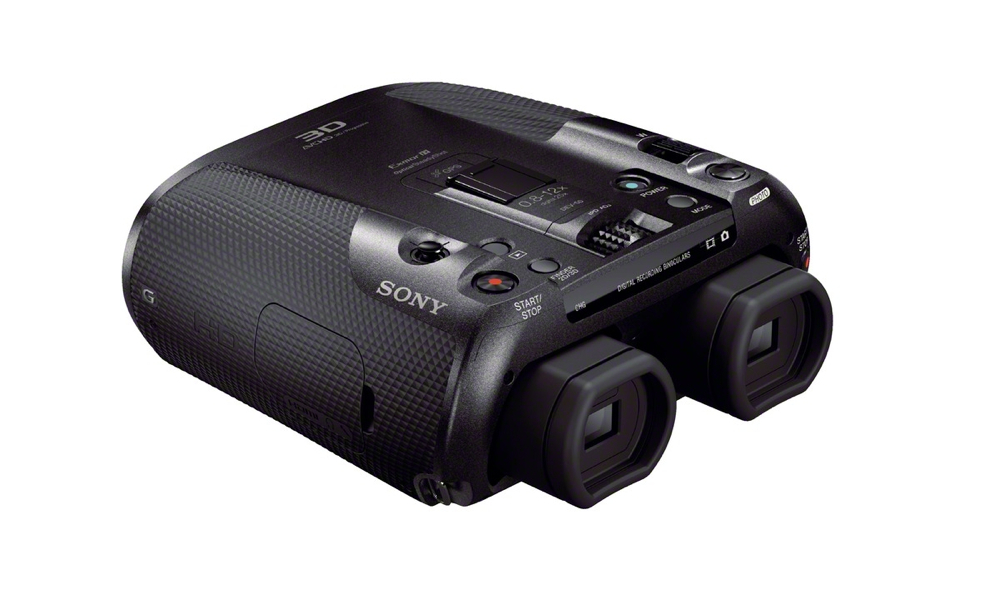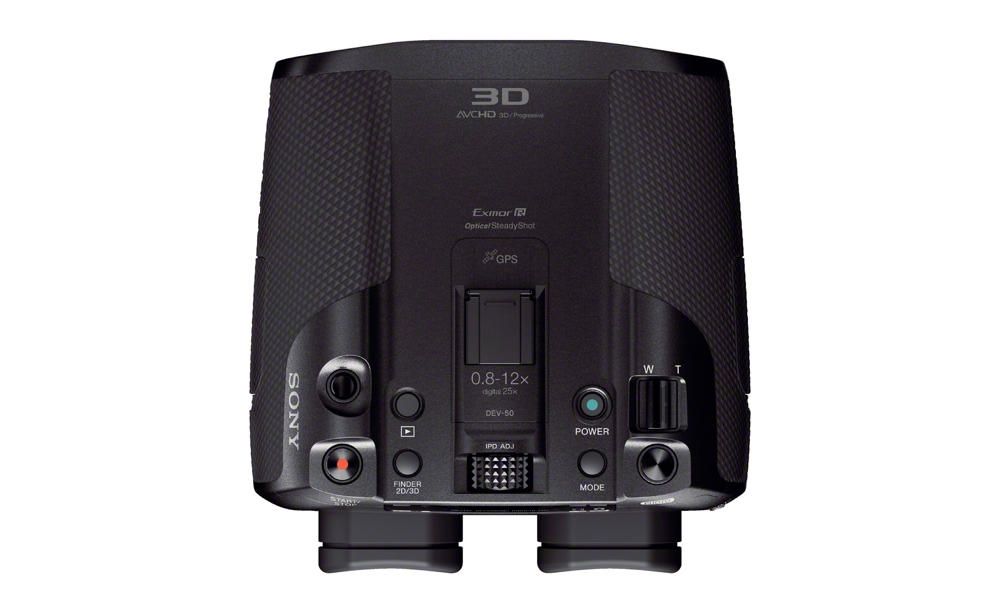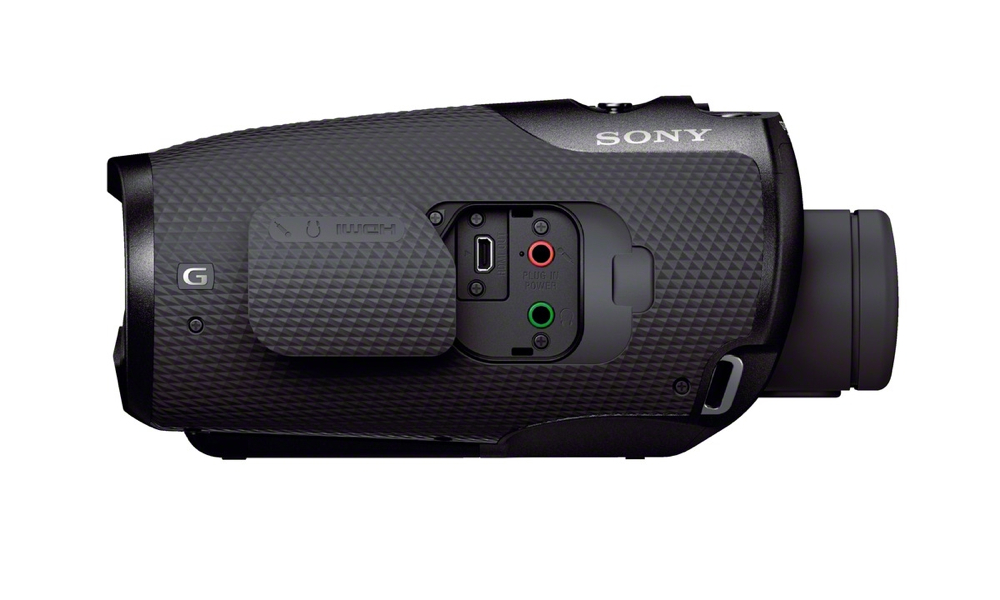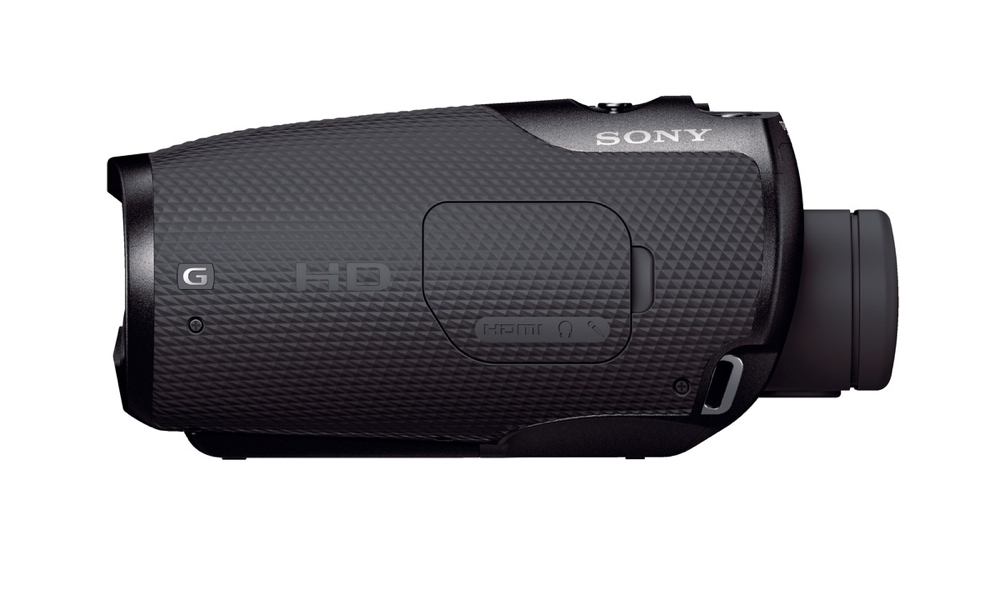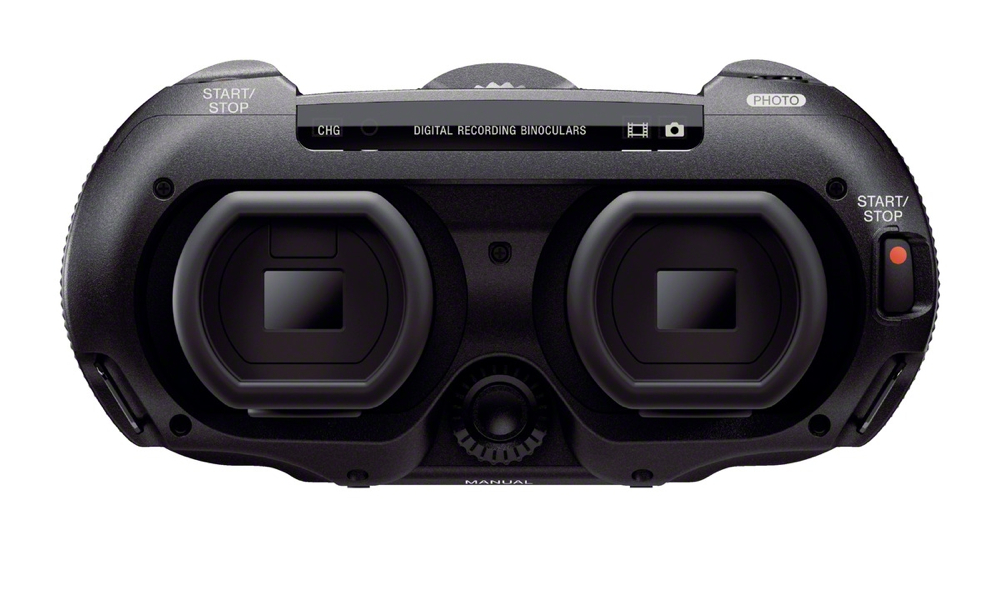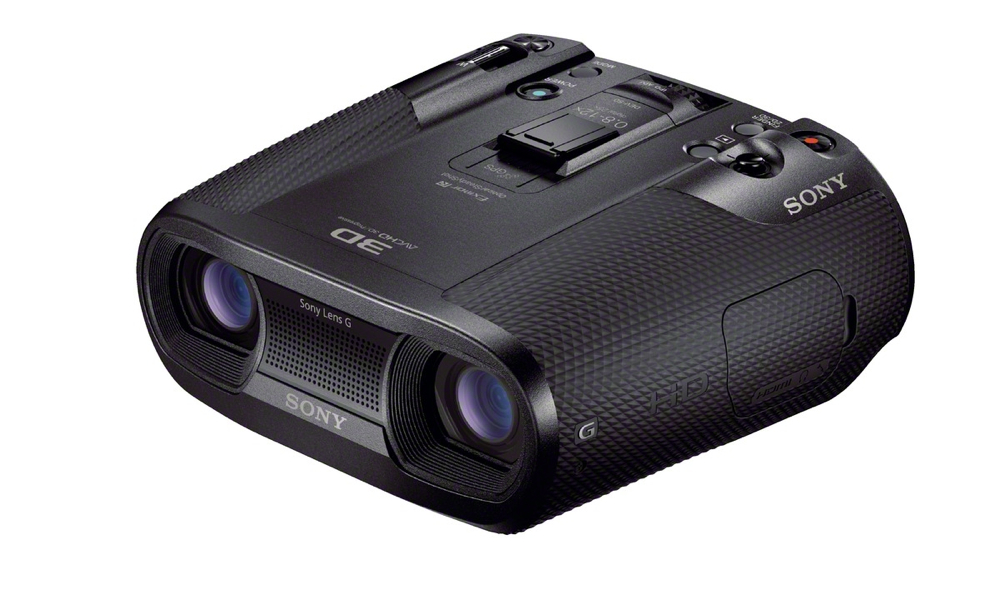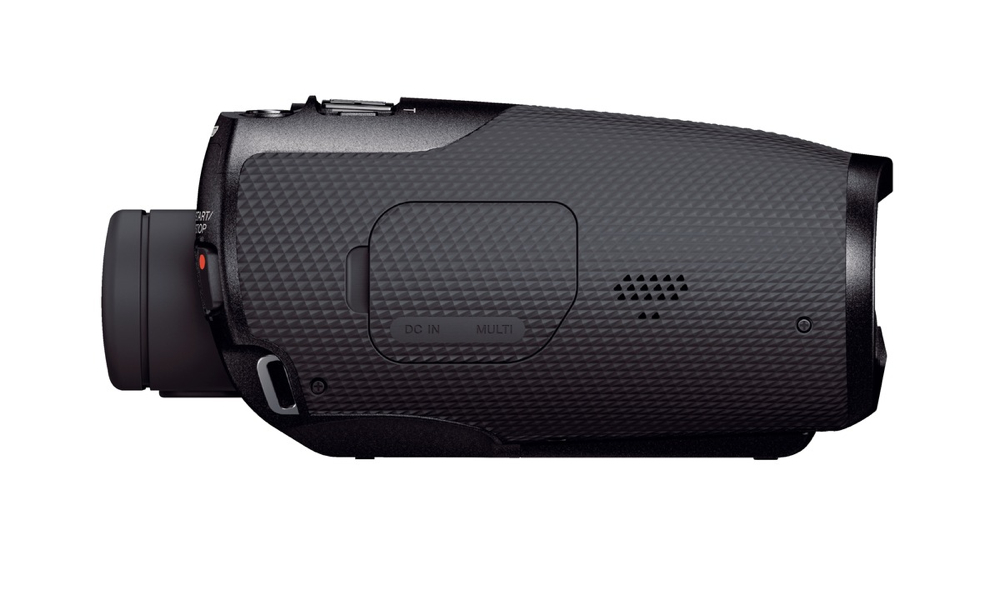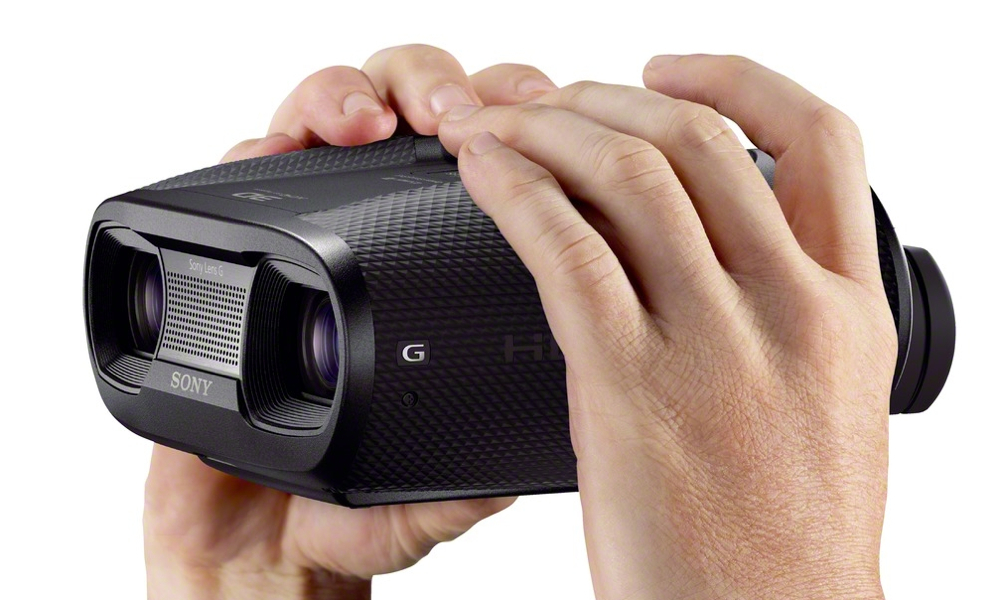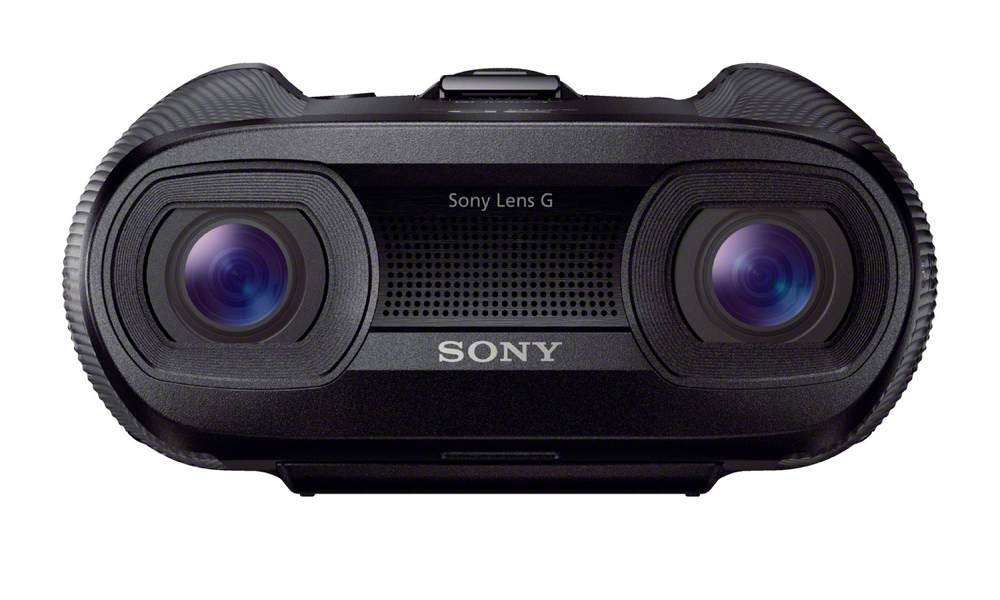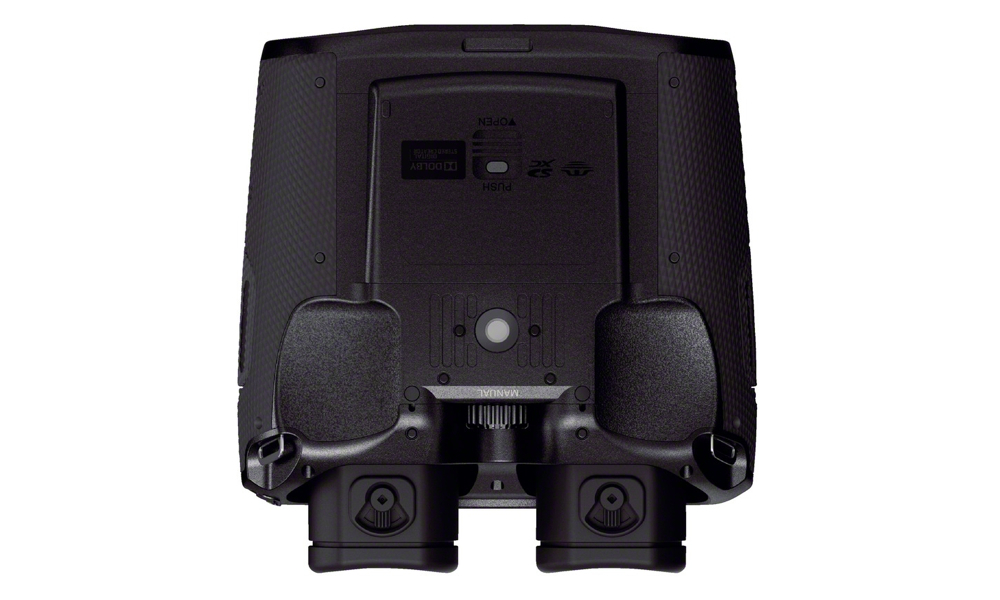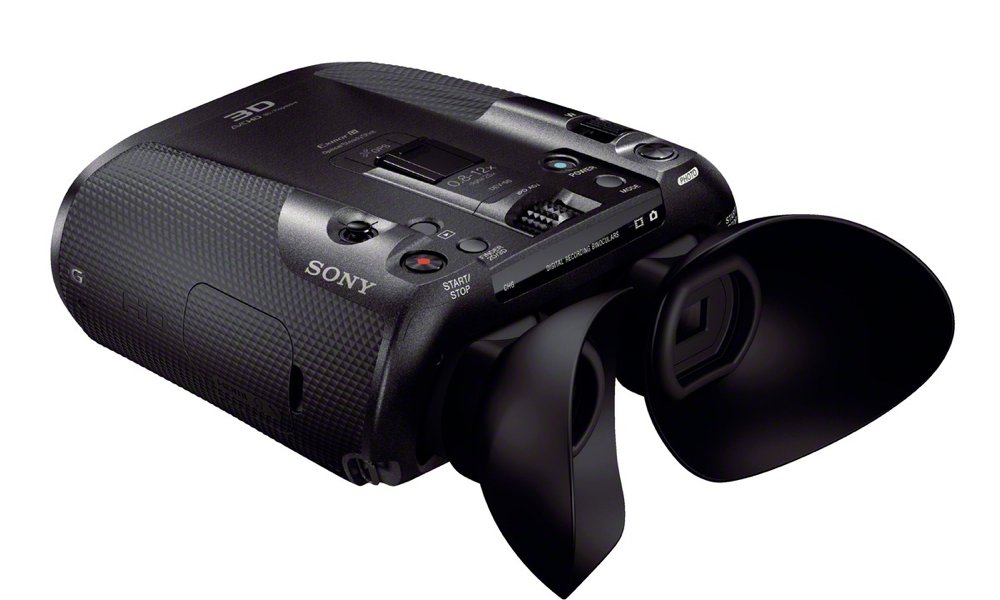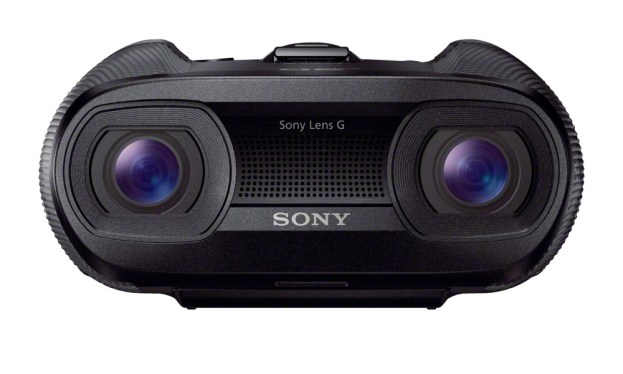
Sony’s new DEV-50V Digital Recording Binoculars is one of those gadgets that most people wouldn’t need but absolutely want. At $2,000, it’s an expensive toy – you’ll probably have an easier time convincing your honey to buy you a big-screen HDTV – but what you get is not only a powerful binoculars for viewing things at a distance, it doubles as a 3D-capable camcorder to record everything you see.
Looking like something out of the military or off the set of G.I. Joe, the DEV-50V is actually designed with nature, sports, bird/animal watching, and travel in mind (we’re sure some of you have other more perverted ideas). For field observation and recording purposes, the DEV-50V eliminates the need to carry multiple devices. Unlike traditional binoculars, the DEV-50V pairs Sony’s G lens optics with tech from their digital cameras and camcorders. Sony says it’s “a category we essentially created last year” with the DEV-50V’s predecessor, the DEV-5. In comparison, the DEV-50V, at 1 pound 4 ounces, is 30-percent smaller and lighter than the DEV-5.
As binoculars the DEV-50V has a 12x optical zoom (0.8-25x zoom ratio with digital zoom on) with a focal length of 36.3-2,007mm (35mm equivalent) and a field-of-view of 1,000 yards. Sony says traditional binoculars with an equivalent field of view are larger and heavier, and that the DEV-50V offers a more seamless zoom on a subject without having to take your eyes away from the device. The eyepieces are actually XGA OLED electronic viewfinders (EVF) that present you with a live view image, similar to when you frame a shot using a digital camera’s LCD or EVF. The advantages of this particular EVF include a Hyper Gain feature that pumps up the brightness in low-light conditions, and the camera’s quick autofocusing system removes the need to refocus and you pan and zoom. OLED allows for quicker response, higher contrast, and higher resolution over LCD, which means it doesn’t have to rescan as often. Optical image stabilization keeps your view steady even at full telephoto, and face detection helps you keep track of subjects.

Inside you’ll find two 20.4-megapixel back-illuminated Exmor R CMOS sensors, two BIONZ image processors, and two lenses that allows the DEV-50V to record and view in true stereoscopic 3D, which you can also view on a 3D-capable HDTV (you can also view and record in 2D). The device records video in Full HD 1920 x 1080 at 60p, in the AVCHD format, and there’s an onboard stereo microphone (you can connect an external mic, too). Sony says still image quality is also enhanced. The DEV-50V records onto SD or Memory Stick formats. The built-in GPS lets you add location information (geotagging) to your footage, a nice feature for those using the device out in nature. The battery has a rated three-hour lifespan when recording in 2D.
The device is also built to resist dust and water (you can’t bring it into the pool, but it’ll withstand a rainstorm). The DEV-50V has a dual construction in that the internal optics is encased in a separate capsule; since moisture can still build up through the eyepieces, this design helps to protect the optics further. Compartment doors are sealed for protection.
The device goes on sale in June.
